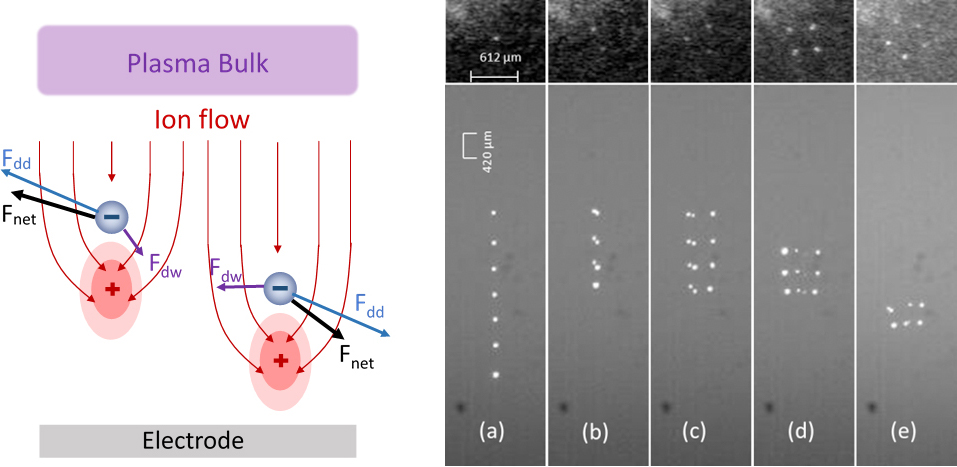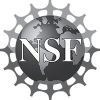Dust and Ions: Self Organization and Stability
A team of researchers led by CASPER Associate Director Dr. Lorin Matthews and CASPER Director Dr. Truell Hyde recently received funding from the Department of Energy to study how self-organized structures stabilize themselves.
One of the foundations of physics is Newton’s third law, actio = reactio. Analyses of structure and stability, a question of fundamental importance spanning all possible spatial scales, are based on this assumption of equal and opposite forces. Reciprocal forces are responsible for the existence of stable atomic nuclei, stable and functional protein scaffolds, buildings and bridges which don’t collapse, stable planetary orbits, and stable galaxies. This research aims to answer the question: What are the characteristics of the stability and structure of a system where the particles have non-reciprocal interactions?
The assumption of reciprocal interactions is often violated when the interaction between particles is mediated by a non-equilibrium environment: particles are immersed in a flowing liquid or gas. An important aspect of a system of particles interacting through non-reciprocal forces is that the standard Boltzmann description of classical equilibrium statistical mechanics breaks down. Concepts like temperature and thermodynamic phases require the development of new statistical foundations to describe these systems. This area of study remains largely unexplored.
Dusty plasmas provide a simple system for investigating the dynamics and statistical properties of non-reciprocal interactions. Micron-sized particles (dust), which acquire a negative charge as they collect electrons and ions on their surface, can be levitated at the edge of the plasma, or sheath, above a flat horizontal electrode in a plasma chamber. The sheath electric field not only balances the force of gravity to float the particles, but also accelerates ions from the bulk plasma, driving a vertical ion flow. The trajectories of the ions are deflected as they pass the negatively charged dust grains, creating a “plasma wake” downstream of the grains. The force between horizontally aligned dust grains is reciprocal. However, with a slight vertical displacement of one grain, the attraction to the positive ion wake downstream of another grain will lead to non-reciprocal interaction between the two grains.
This research combines numerical simulations of the dynamic interactions between flowing ions and dust particles with experiments investigating the interactions between dust particles under a range of confinement strengths.
This research is funded by Department of Energy grant number DE-SC0021334.


